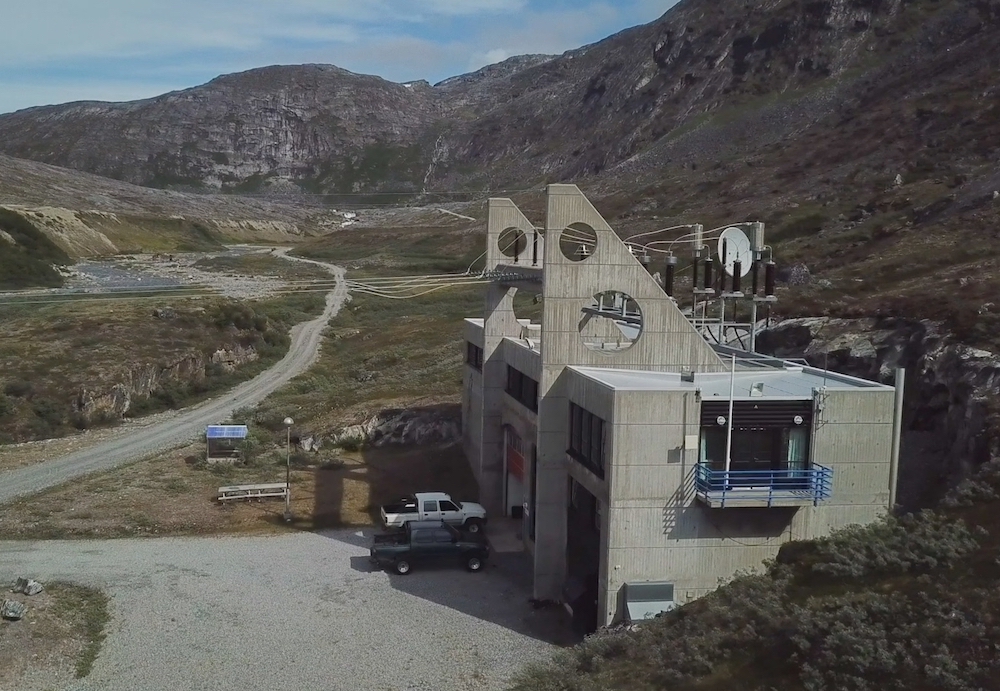Local lawmakers ask administration to reconsider site of Greenland’s sixth hydroelectric dam
Rather than powering an aluminium smelter as originally planned, the plant could provide clean, inexpensive energy to server farms.

Local lawmakers in Greenland’s Qeqqata region are calling on the government to consider construction of what would be the country’s sixth hydroelectric power plant in their area after lawmakers last year approved a plan that would expand the country’s hydroelectric capacity as it seeks meet a goal of generating all power delivered to homes from renewable sources by 2030.
The 1.2 billion kroner ($190 million) plan calls for building a 15 megawatt plant to service the towns of Aasiaat and Qasigiannguit, while also expanding capacity at the 45 megawatt plant that powers Nuuk, the capital city.
Before a final decision is made, lawmakers in Qeqqata would like to see the administration study whether it would be better to place the plant near the town of Maniitsoq, on a site that has previously been identified as one of the largest potential sources of hydroelectric power in Greenland, and which has been identified by Alcoa, a U.S.-based aluminium producer, as being well-suited for aluminium smelting, an energy-intensive process.
The idea of building a hydroelectric plant for industrial production near Maniitsoq was first broached more than a decade ago. Negotiations dragged on due to a disagreement over who should fund its construction, and, by 2016, the administration admitted that it had given up on striking a deal with Alcoa.
[Why renewable energy in the Arctic can have a global impact]
In a statement to the administration, Qeqqata regional council said it recognized that even if the country were powered entirely by renewable energy, the impact globally would be minimal. But it argued that Greenland could have an outsized impact by attracting firms in power-intensive industries such as data-storage facilities, looking for cleaner sources of energy. Successfully doing so, it argued, could have “a significant impact on the country’s economy.”
Siverth K. Heilmann, a local lawmaker in Qeqqata who is also a member of the national assembly, called on the legislature last year to resume plans to build a plant near Maniitsoq and for the administration to push for data centers to establish operations in Greenland.
Heilmann told the news outlet Sermitsiaq.AG that even without an associated industry, the power plant would still help create jobs for the people living in the town.
Currently, about 75 percent of the energy generated by Nukissiorfiit, the national power company, comes from hydroelectric power. However, Greenland still relies on fossil fuels for 75 percent of all its energy needs. Other sources of power, such as wind and solar, are being studied by Nukissiorfiit for their potential to replace fossil fuels in areas where hydroelectric power is unfeasible.